By Em Tanner
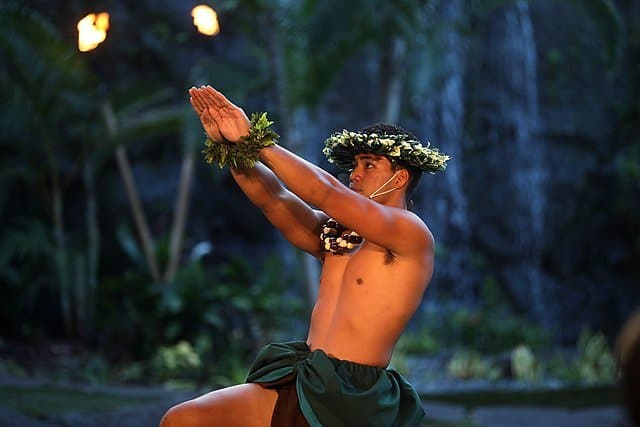
On Wednesday, March 8 several dozen students, professors, and staff gathered at an emotionally charged Student Government Association (SGA) open forum to discuss funding for an experience contained within the Psychology Department’s six-week course in Hawaii, set to take place this summer.
The bill in question requested that SGA provide $2,969.45 for ten students and one staff member to attend the Polynesian Cultural Center (PCC), a cultural center, tourist attraction, and museum on the northern end of Oahu, owned by the Mormon Church.
The proposal was met with backlash from several fronts, resulting in an open forum meeting to hear differing views.
Western students attending the Polynesian Cultural Center in an academic context were planning to compare and contrast the center’s version of a luau to a local ceremony. However, the PCC has faced extensive criticism for its appropriation and portrayal of local culture, and because it serves as a tax-exempt fundraising branch for the Church of Jesus Christ of Latter-day Saints.
Additionally, the PCC recruits volunteers from several island countries in exchange for a scholarship to Brigham-Young University-Hawaii (BYU), which has earned a reputation for exerting strict religious pressure.
After a closed vote, SGA ultimately chose not to financially support the Polynesian Cultural Center’s experience, although the Psychology program will still visit Hawaii for six weeks this summer.
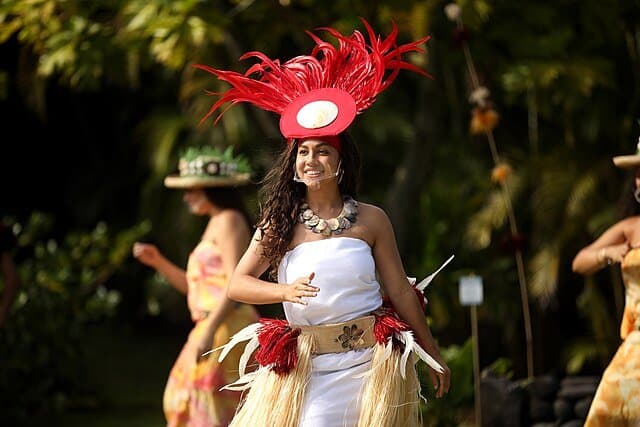
The academic case for attending PCC
Dr. Lindsey Fast, Chair of the Psychology Department, advisor to the Psi/Chi/Psych Club, and a longtime organizer of the Hawaiian study abroad program, weighed in — explaining that the 6-credit course covers the Indigenous roots of Hawaii, colonization, and modernization:
“[Among other things, students] complete an in-depth analysis of some form of culture when on-island. The various forms of culture include but are not limited to, food culture, Polynesian culture, tourism culture, military culture, music culture, dance culture, surf culture, homeless culture, and university culture,” she said.
“In the program, we work with and study various University of Hawaii affiliates — most of whom have Ph.D.s in Hawaiian Knowledge and Culture.”
During their time in Hawaii, students can also participate in internships, volunteer with local nonprofits, engage in environmental work, and experience additional educational expeditions.
“As a result of inflation… numerous program activities have been eliminated [due to cost]— the Polynesian Cultural Center is one of those activities,” says Fast, who believes visiting PCC allows students to flex their cultural knowledge and thinking skills.
“It is quite unfortunate that the PCC had to be removed, as this experience provided a window into Polynesian culture while also giving students the opportunity for critical analysis in evaluating the modernized display of Hawaiian culture,” Fast said. “I have always enjoyed watching Western students question the private guides.”
She continued, saying: “The students advocated for funds to bring the PCC experience back onto our agenda. They have been told as a result of their request that they just want to go on vacation — it is quite insulting as they have invested their hard-earned money into this program and have taken their responsibility [as students] seriously.”
For Professor Fast, the case against PCC gets at a deeper conflict around tourism, place, and what it means to be a local.
“I believe the arguments against the PCC were made in conjunction with the argument against tourism and the entities that service the tourist industry … are we going to boycott Crested Butte ski resort because they service the tourists — a major part of Gunnison Valley’s economic sustainability — simply because some of the locals don’t want them here?” asks Fast, who indicated her disappointment in the bill’s resolution and a broader lack of communication between SGA and the psychology program.
“I believe Western students gain a strong understanding of the problems associated with tourism and respect for Hawaii and the issues that surround its population through our study abroad program,” she concludes.
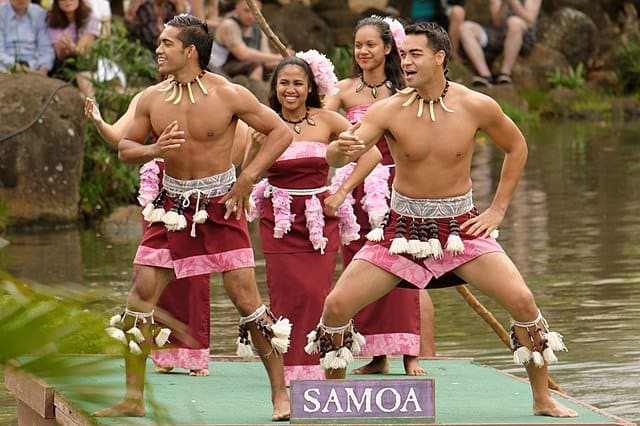
The case against funding
However, the trip’s initial purpose — and Professor Fast’s arguments — were not enough to dissuade those who attended the open-forum meeting in opposition to the bill.
Several students, many of whom have deep cultural and ancestral links to the Hawaiian islands , expressed their concern about this prospective use of student funds.
“Imagine the most tight-knit community you’ve ever been a part of and multiply it by five. That’s what’s so special about the locals in Hawaii, they support one another no matter what and fight for themselves whenever necessary; so tonight, I am here to fight for them,” said Kai Vong, a second-year Western student hailing from Hawaii .
Vong points out that inflation has hit everyone, but especially those who don’t live on the mainland. He claims that much of this financial pressure is driven by tourism, which accounts for about a quarter of Hawaii’s economy.
“There are several concerns regarding this bill … like the cultural/historical accuracy of PCC, the benefit of this trip to the everyday student, [and] the tourism component of the displacement of Hawaiian locals,” Vong added.
“In what seems like a lose-lose situation, I can assure you that there is a correct decision. That decision lies on the side of the students who are from Hawaii, the Hawaiian locals who very rarely have a voice, and the students and faculty who are actively advocating for these communities.”
Western senior and former SGA member Madison Patton specifically addressed the academic rationale for attending the Polynesian Cultural Center — and its controversial founding.
“I respect the compare [and] contrast lesson on the commercialization of luaus … however, I believe that money is power, and I strongly oppose that student fees go to this excursion,” Patton said, continuing:
“I believe that students who do not understand why this bill has caused so much controversy lack informed consent of their money potentially going into a religious institution, regardless of their own personal religious affiliations.”
Matthew Tamanaha, a Western graduate and current employee, offered another view in opposition to utilizing Western funds for the PCC experience:
“It is ignorant to think that simply by helping homeless people in Waianae and learning from Native Hawaiian people during their course curriculum, that it absolves them from being harmful as visitors to our home. It is actions and attitudes like this that are the reason why local people and Native Hawaiian people harbor ill feelings towards tourists and the tourism economy,” he said.
“These students want to use SGA funds to contribute to the very industry and companies that have been pushing out locals and natives for decades, and will continue to do so,” concluded Tamanaha.
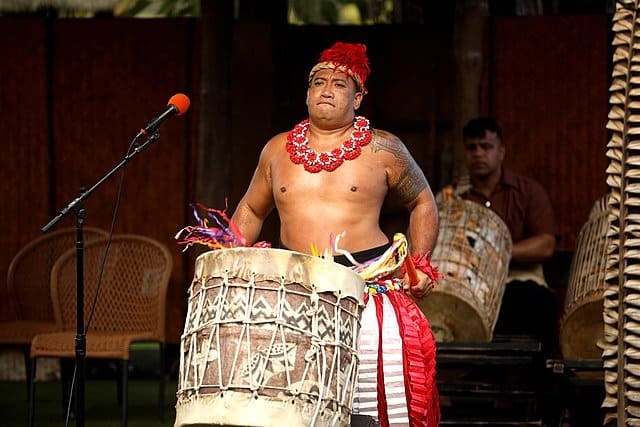
Psychology students weigh in
Gabriel Portis, who attended the trip in 2019, attended the forum to add his two cents. “This class [was] a really great opportunity for me and my fellow classmates… just from a cultural, psychological, educational, and bonding perspective,” said Portis, who highlighted the academic benefit of the experience.
“I keep hearing that this excursion seems like all fun and just [destroys] the locals… really, we’re [experiencing] this class from a psychological perspective and it is absolutely fascinating.”
Portis noted that he attended the PCC during his time in Hawaii, and came away with a deeper understanding of Hawaiian history.
“We learn about how the missionaries wrecked the culture… [and] you really realize how people are impacted by this,” he said. “Yes, this is a cultural psychology class. Yes, we pay homage and respect Indigenous culture; but what we’re studying isn’t just Indigenous culture… It’s not an anthropology class, it’s not a history class, it’s a psychology class. We can’t limit studying culture to heritage, even though heritage is our primary marker of culture.”
Portis’ view was echoed by Stephen Otero, who also visited Hawaii in 2019.
“There is value in seeing what is viewed by many as a negative thing. When we’re in person and witnessing things for ourselves, and then asked to professionally reflect on that experience afterward … we internalize the experience that much more, and then we are really armed to find ways to support Indigenous populations, and we’re better armed professionally with our ability to manage challenging subject matter,” said Otero, who believes that visiting PCC helped him realize the magnitude of the damage inflicted on Hawaii.
“I believe it’s a well-rounded experience … I knew that the U.S. military has been involved in a lot of vile business, [but] I didn’t know the depth of the damage we did without going and hearing it from a local, in person, standing in that beautiful environment.”
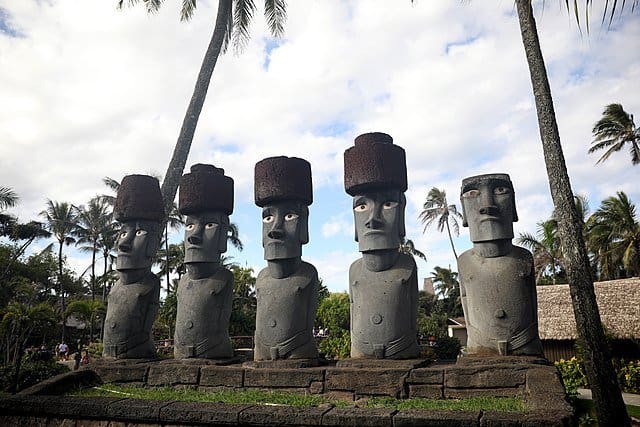
The final outcome
Ultimately, after discussion in the general assembly and the open student forum, SGA members held a private discussion and closed vote, and failed to fund the $2,969.45 requested for the PCC experience.
In a final statement issued via email to all students by Brayden Kammers, the vice president of internal affairs for SGA, the student government body had some final words:
“We appreciate the students who got involved in student initiatives by requesting the bill funding. We also appreciate all of the students who showed up on Wednesday to voice their opinions and share their experience. We strive to make our spaces safe and inclusive for all students to share their experience and opinions. Western Colorado University’s Student Government Association Welcomes civil discourse at any General Assembly meeting because we represent the full student body of WCU.”
SGA general assembly meetings are held every Wednesday at 7:30 p.m. in the UC South Conference Room.

It’s actually a nice and useful piece of information. I am glad that you simply shared
this helpful information with us. Please keep us up to date like this.
Thank you for sharing.
Here is my webpage … https://www.cucumber7.com/